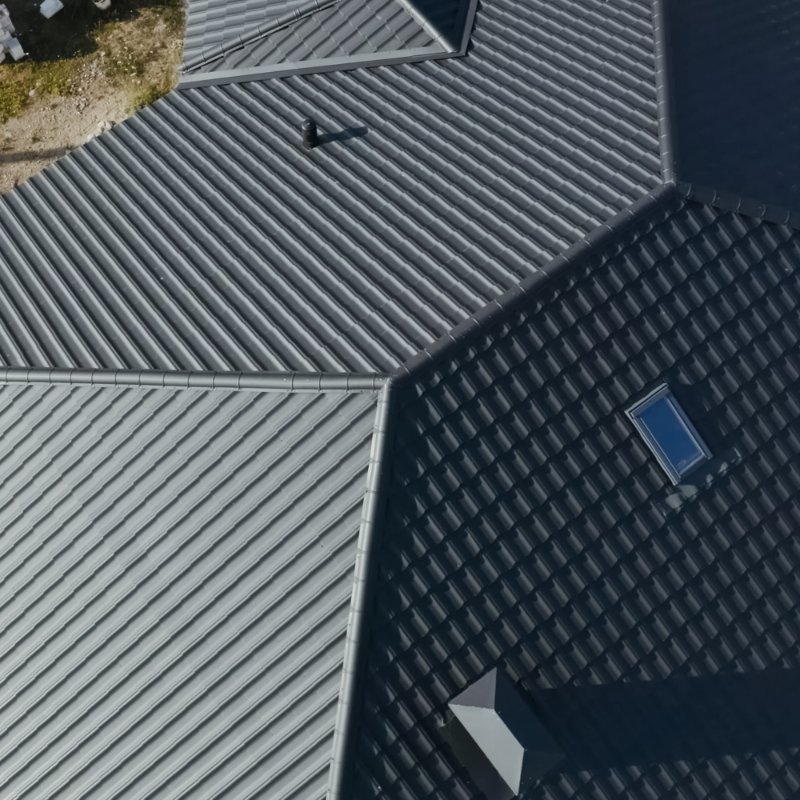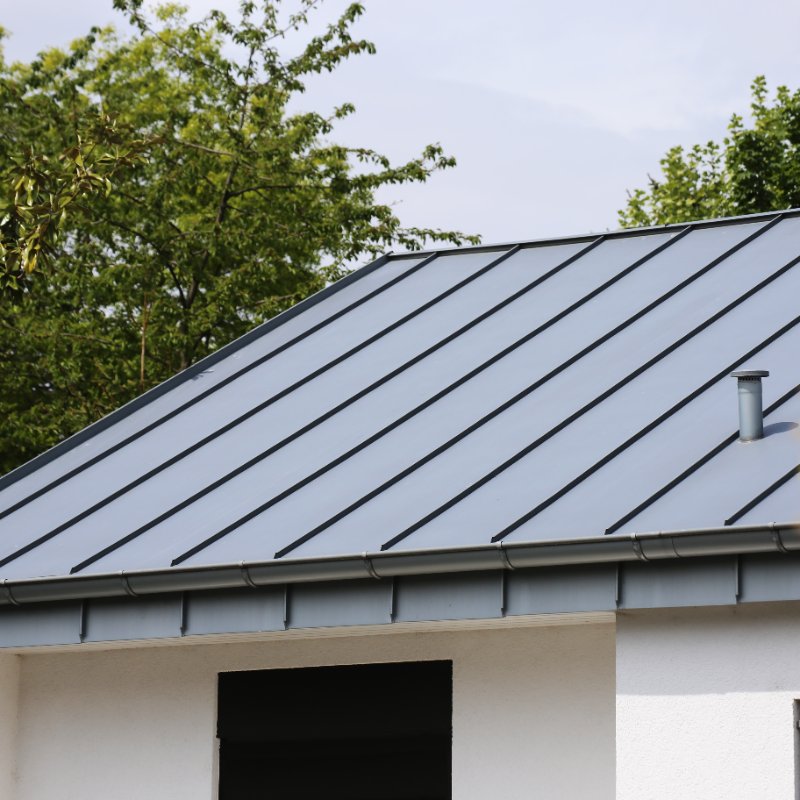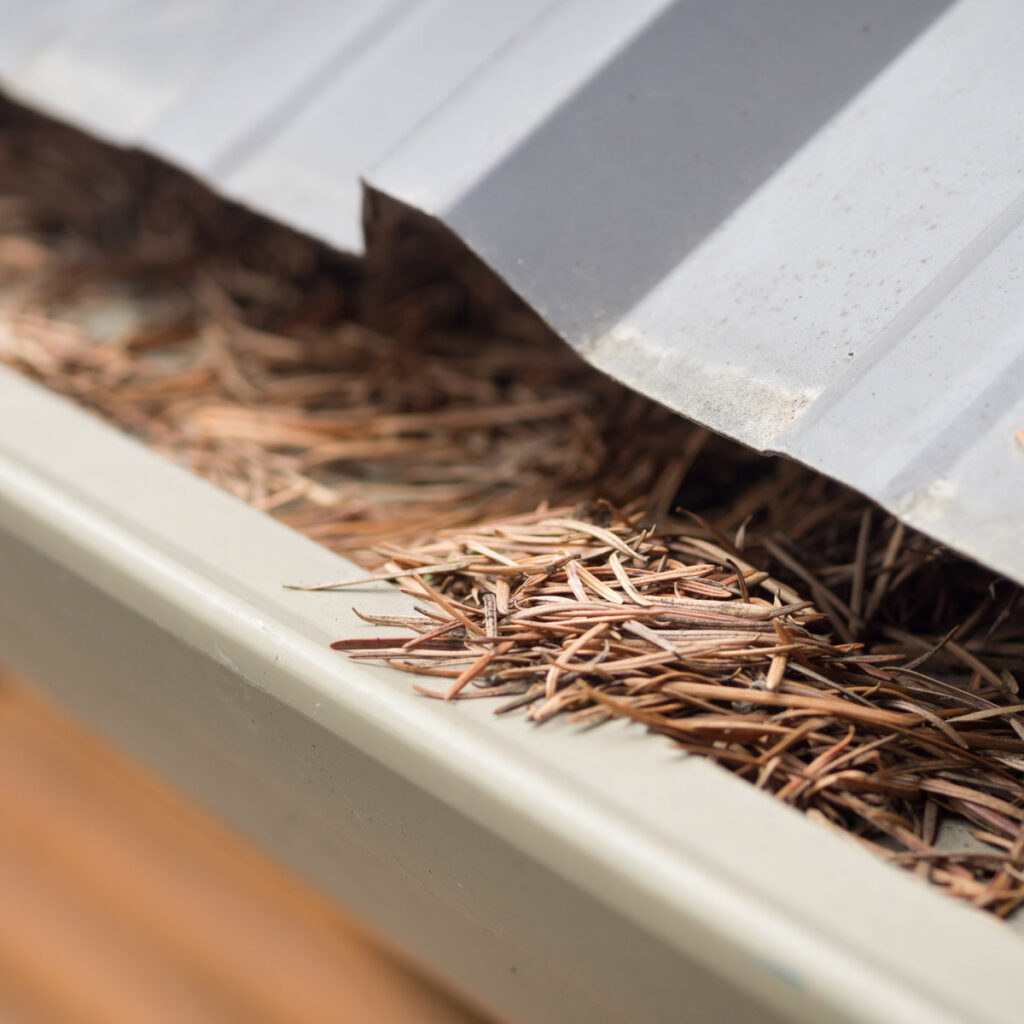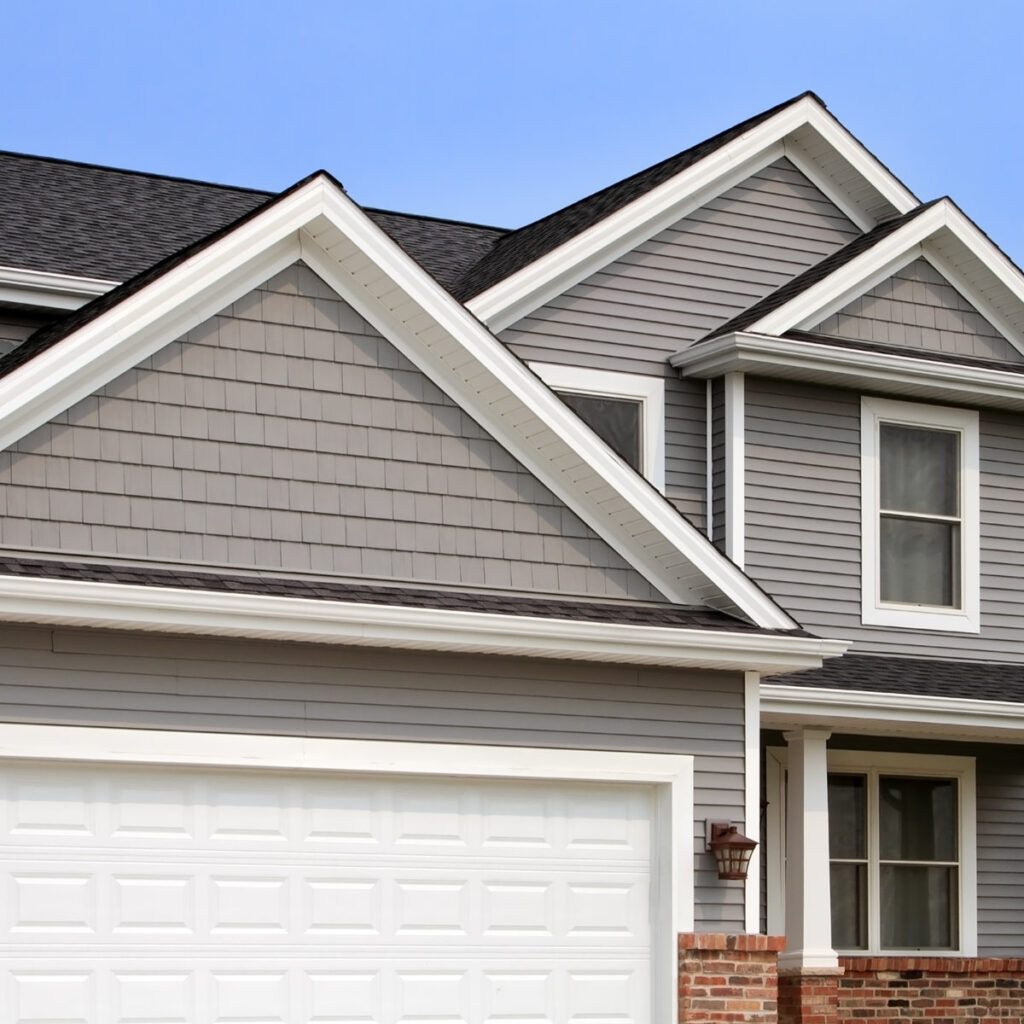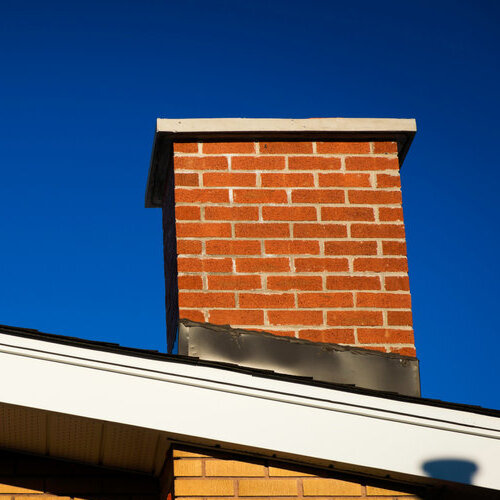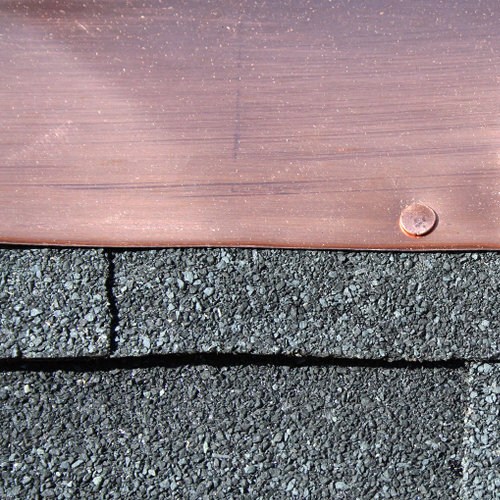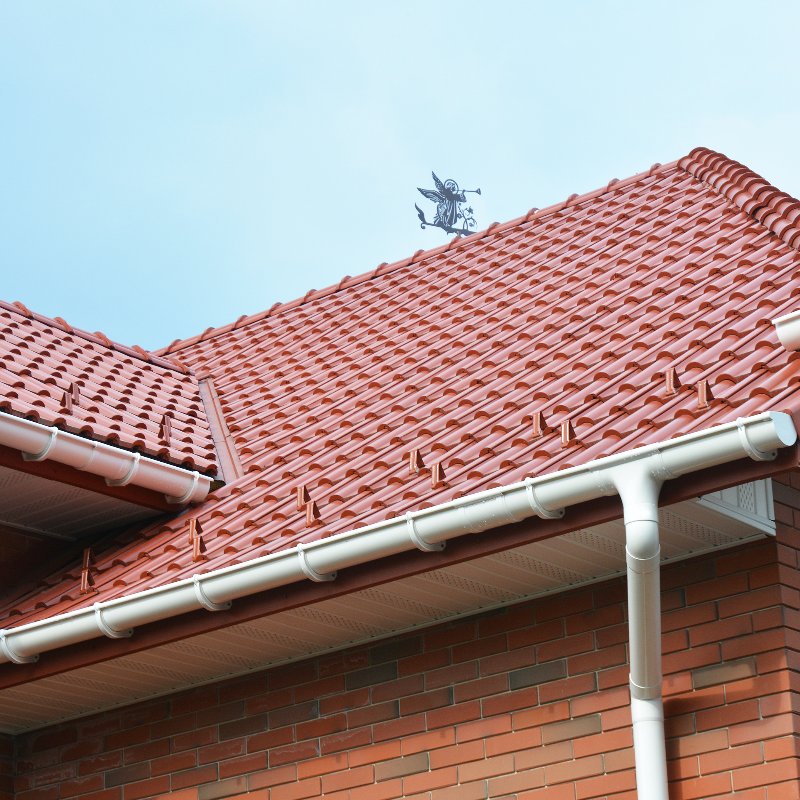
The Benefits of Gutters
A gutter installation for homes in Canton, Georgia provides many benefits. For example, with a gutter installation, your home will have a proper draining system and keep from decaying the eaves, fascia, and sides of your home. A gutter installation also keeps rain from splashing around your home and eroding the landscaping, keeping the moisture, nutrients, and organisms where they need to be.
Other things to remember are that water around the foundation will seep into and under the foundation and soften the soil, making the foundation weak. A gutter installation stops that from happening. Additionally, the exterior of a home gathers moisture and a gutter installation will keep that moisture to a minimum. When there is too much moisture, mildew, and mold form, and seep into your home, causing an unhealthy living environment.
That’s not all a professional gutter installation will do for your home! Gutters complete the look between the roof and the siding, and with the different colors and styles, you can match them to any architectural style.
What are the different gutter styles?
There are three primary styles of gutters, each available in an assortment of materials including aluminum, copper, galvanized steel, and vinyl. The following is a description of the pros, cons, and the main gutter installation used for each of the three styles:
K-STYLE GUTTER INSTALLATION
The most common type of gutter installation on modern houses. The front edge features a unique front edge shape that resembles crown molding and compliments any style of home. The backside is flat and installed flush to the Fascia around the top edge, to ensure that water doesn’t run down the wall.
The Pros
- Cheapest gutter installation option available
- Easiest gutter installation
- More durable and rigid than the Half-Round style
- High performance during heavy rains
- A modern look
The Cons
- Clogs easy
- Corrodes easily
HALF-ROUND GUTTER INSTALLATION
Commonly used on historic, older homes that the rustic appearance in copper material accents the architect. The half-circular style is open for the flow of rainwater. Installed with brackets along the roof edge then secured. The half-circular shape provides a smooth interior that is less likely to corrode or rust, and no creases keep the clogs to a minimum.
The Pros
- Gives a rustic appearance
- Easy to clean
- Less likely to corrode or rust
- Less clogging
The Cons
- More expensive gutter installation
- Gutter installation takes longer to install
- Doesn’t handle water flow as well
- Less durable and rigid, becomes damaged easily
- Heavier and pulls loose
BOX STYLE GUTTER INSTALLATION
This is the third most popular choice in gutter installations and is used more on commercial structures due to the oversize shape. They have a high back section that is tucked under the shingles and is typically installed during the construction of the structure.
Does gutter color matter?
Experts in architecture, exterior design, and real estate recommend choosing a gutter color with the downspouts in mind. The downspouts are what will be against the exterior of the house and at eye level. For the downspouts to blend in, choose a color that matches your home’s exterior color.
So, should gutters match the roof or house?
The same experts recommend your gutter installation color should match either the roof or the trim so that it blends in with the exterior of the house. However, if you’re going to go with copper gutter installation, then the color choices are mute! The copper will patina over time, so you should make sure that will match or blend with the exterior.
What are the different colors for gutters?
The old, galvanized gutter installation where the gutter runs had seams that aren’t as popular anymore. Today, homeowners are choosing seamless aluminum gutter installation or copper gutter installation has taken the industry to a new level, and they come in a variety of colors including beige, brown, dark blue, gray, green, and red.
As we mentioned above, you want to choose the color of your gutter installation so that they become a part of the roofline in either contrasting or matching with the roof color and yet allowing the downspout to blend with the exterior of your home.
Should gutters match the fascia and soffit?
The ideal scenario is for the gutter installation to be a subtle part of the siding in a seamless fashion. Some homeowners choose their gutters to match the fascia or trim and others choose to match the siding. There isn’t a right or wrong, but if you ever sell your home, you don’t want it to mismatch so that it stands out in a bad way.
Do aluminum gutters come in different colors?
Yes! And this usually comes as a surprise to most homeowners. Aluminum seamless gutter installation is available in approximately 20 different colors. Royal Brown is a common choice as is White, but you can also choose Grecian Green, Pearl Gray, Musket Brown, or Blue. By adding color with an aluminum gutter installation, you can give your home a unique look!
Do colored gutters cost more?
It will depend on the material you choose and what colors are available. If there is an upcharge, it is typically a very minimal charge.
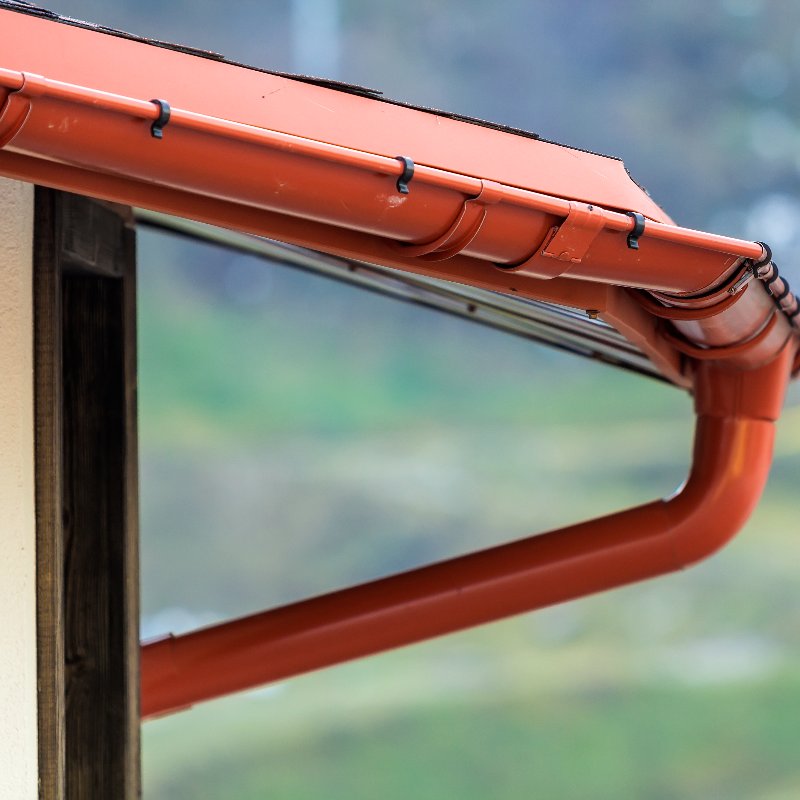
In Closing – Is it a good idea to paint gutters?
Yes, it is recommended to paint them when they begin to look dirty and worn. This keeps them looking better and lasting longer. How long do gutters last? Aluminum and galvanized steel gutter installation will typically last up to 20 years if you keep them clean and maintained, like painting and patching as needed. A copper gutter installation will last up to 50 years or longer.

